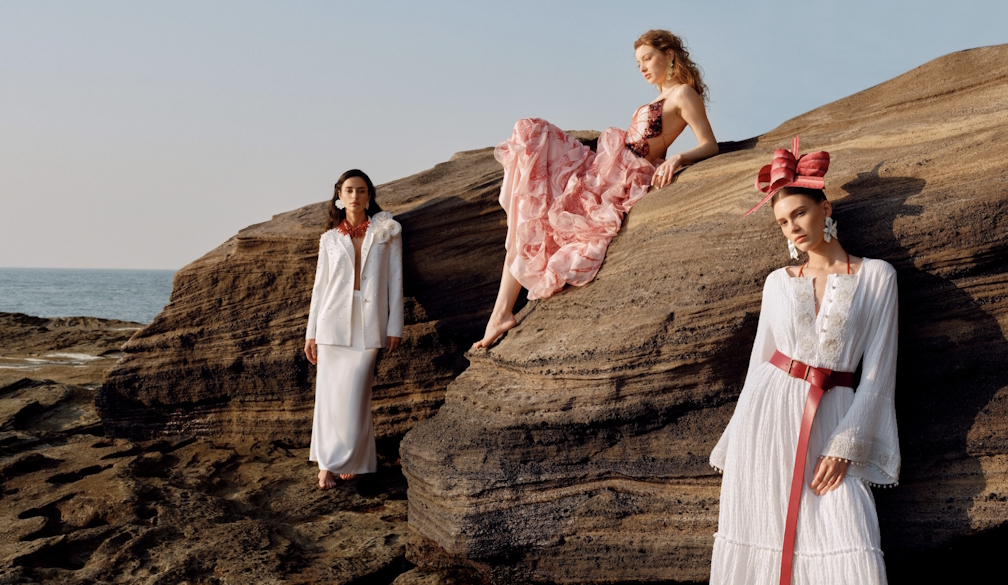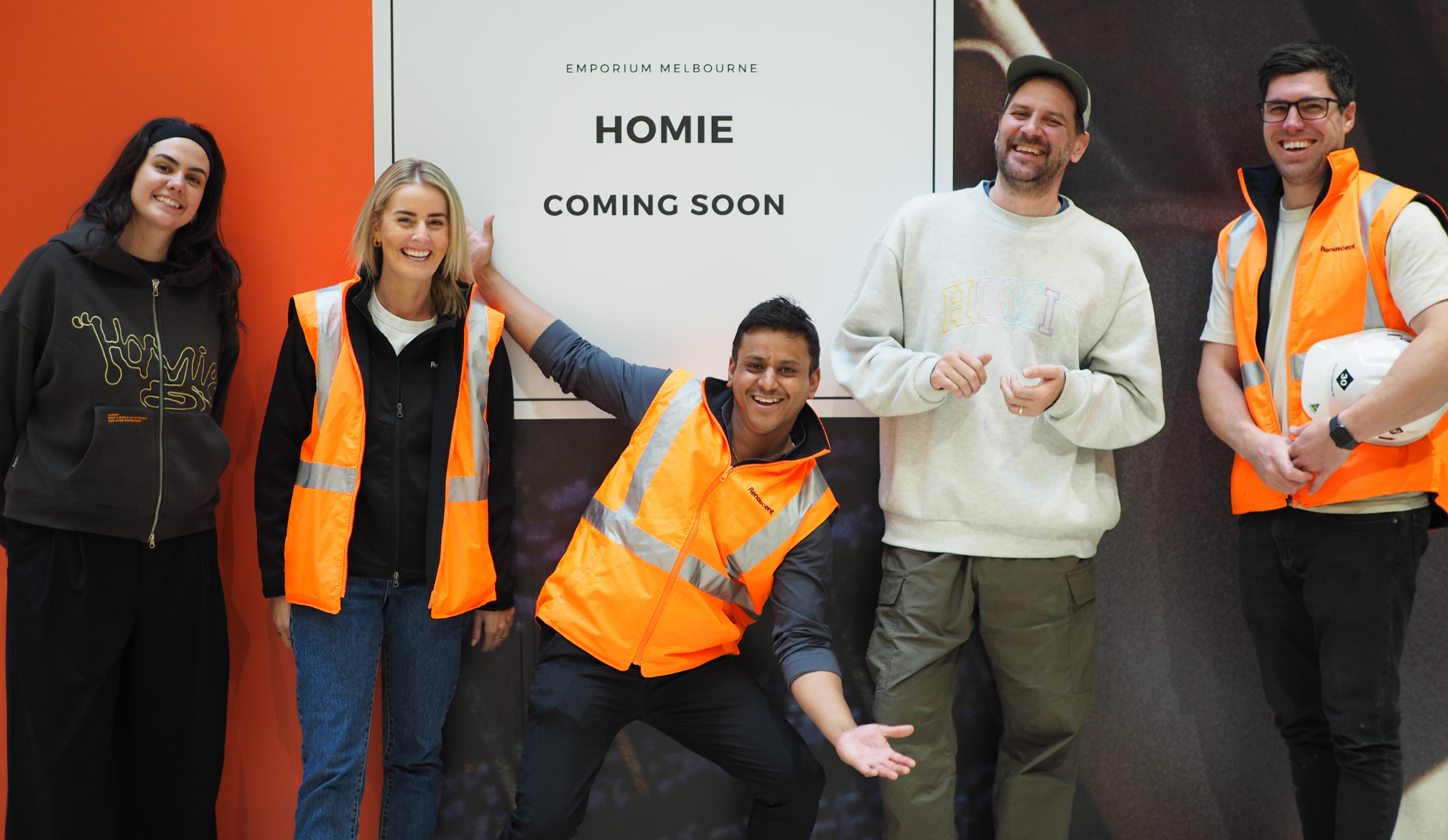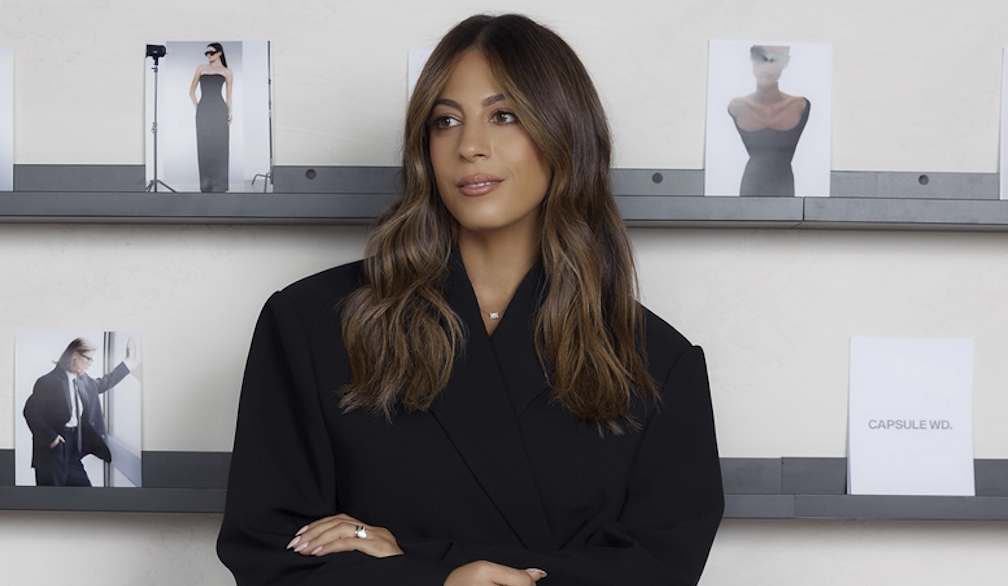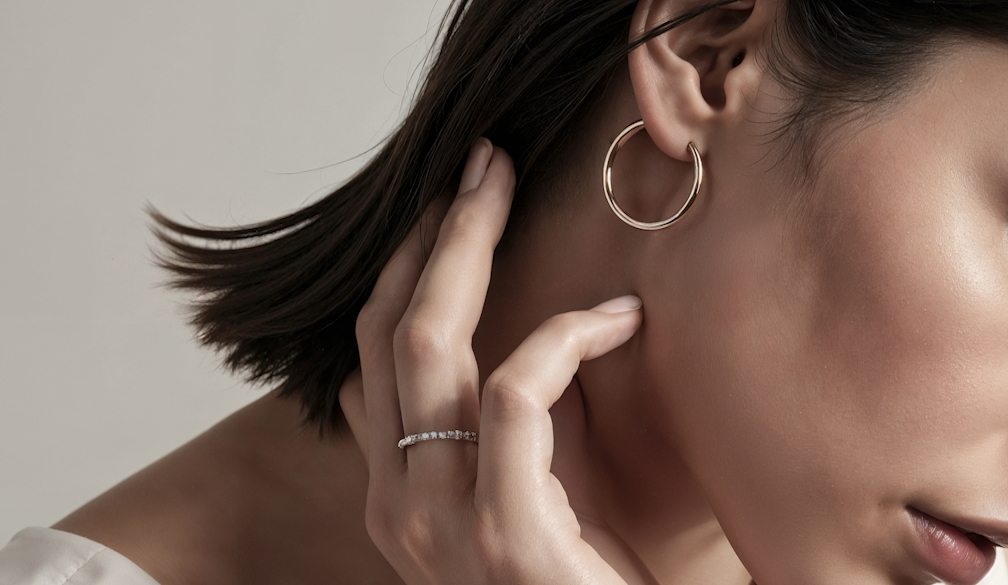The History of Baby Clothing in Australia
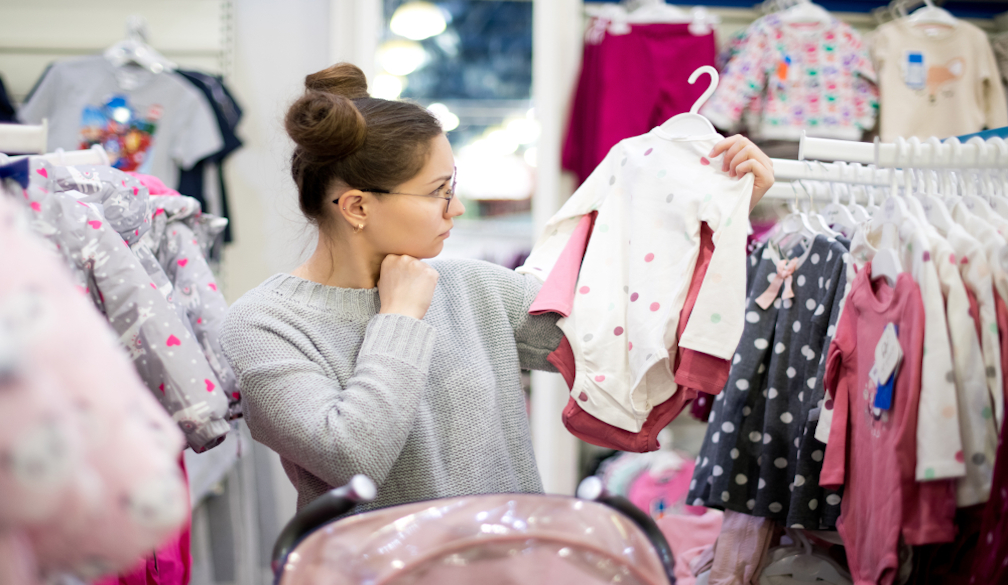
The journey of baby clothing in Australia is a captivating narrative of cultural, economic, and technological shifts. From the days of swaddling clothes and basic nappies to the contemporary world of designer onesies and eco-friendly baby wear, the evolution of baby clothing reflects the broader shifts in Australian society.
In this article, we will embark on a journey through time to explore the rich history of baby clothing in Australia, tracing its path from necessity to fashion statement.
Early Days: Simplicity and Practicality
In colonial Australia, the concept of baby clothing as we know it today was quite different. Babies were swaddled in simple cloths, snugly wrapped to keep them warm and secure. Practicality was the key, as settlers used whatever materials were available, often repurposing adult garments.
The Victorian Era: Elaborate Designs and Embellishments
The late 19th century brought significant changes to baby clothing in Australia. Inspired by British fashion, the Victorian era introduced intricate designs and embellishments for babies, reflecting the opulence of the time. Lace, frills, and embroidered details adorned baby dresses, showcasing the family's social status.
The Early 20th Century: Gendered Clothing and Baby Bonnets
The early 1900s saw the popularisation of gendered clothing for babies. Blue was often associated with boys, while pink was reserved for girls. Baby bonnets were a common accessory, serving both functional and decorative purposes. These trends persisted throughout much of the 20th century.
Mid-20th Century: Convenience and Mass Production
After World War II, baby clothing in Australia took a turn towards practicality and convenience. The advent of mass production made baby clothes more affordable and accessible to a wider range of families. Disposable diapers and synthetic fabrics gained popularity, marking a shift away from the labour-intensive cloth nappies of previous generations.
Late 20th Century: Gender Neutrality and Casual Styles
By the late 20th century, attitudes towards gender roles and fashion were changing, and baby clothing followed suit. Gender-neutral options became more common, and casual styles, such as onesies and overalls, gained popularity. Bright, bold colours and patterns became a hallmark of this era's baby fashion.
The 21st Century: Organic Materials and Eco-Friendly Choices
In the 21st century, Australian parents started placing a greater emphasis on sustainability and eco-friendliness. Organic cotton, bamboo, and other natural materials found their way into baby clothing, reflecting a global trend towards more environmentally conscious choices.
Today: A Blend of Tradition and Modernity
Modern Australian baby clothing combines elements from the past with contemporary trends. It's not uncommon to see babies dressed in adorable vintage-inspired rompers and bonnets alongside practical and sustainable options. Additionally, technological advancements have made it easier for parents to shop for baby clothes online, with a wide range of choices at their fingertips.
In the 21st century, the options available for newborn baby clothing in Australia are virtually endless, thanks to the proliferation of online stores. Parents can now explore a multitude of choices at the click of a button, expanding their horizons beyond local brick-and-mortar shops.
Online platforms offer a vast array of baby clothing brands, styles, and sizes, making it easier for parents to find that perfect outfit or accessory for their little one for every occasion - from a novelty party to a baby sensory class. Whether you're looking for organic cotton onesies, handmade vintage-inspired garments, or trendy designer baby clothes, the internet has made it all accessible, offering convenience and a vast selection to parents across the country.
This digital age has truly revolutionised the way Australians shop for their newborns, providing a seamless and extensive shopping experience like never before.
Conclusion: From Swaddling Cloths to Sustainable Onesies
The history of baby clothing in Australia is a fascinating journey through time, reflecting the shifting values, social norms, and technological progress of society. What began as a matter of necessity has evolved into a realm of fashion, personal expression, and sustainability.
Today, Australian parents have an array of choices to dress their little ones in style and comfort while also making eco-conscious decisions to ensure a brighter future for the next generation. The story of baby clothing in Australia is a testament to the ever-changing tapestry of human culture and innovation.



